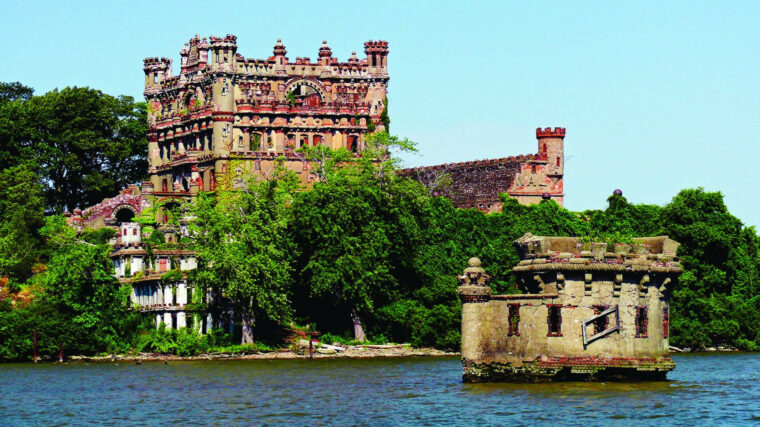
Military History
Pollepel Island: Private Fortress on the Hudson
By Dorraine FisherIn central New York, 50 miles north of New York City on the Hudson River, is a small spit of land known as Bannerman Island. Read more
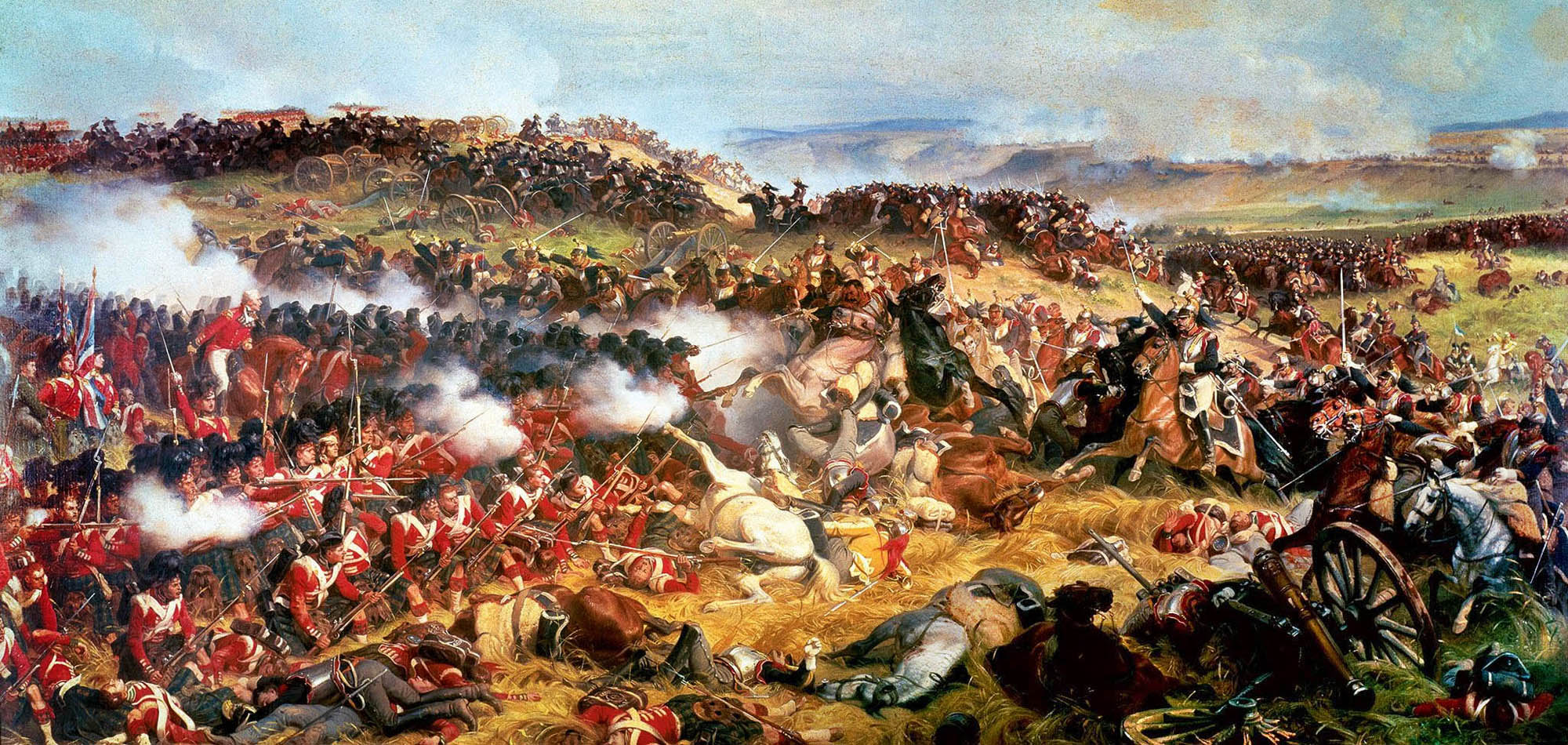

Military History
In central New York, 50 miles north of New York City on the Hudson River, is a small spit of land known as Bannerman Island. Read more
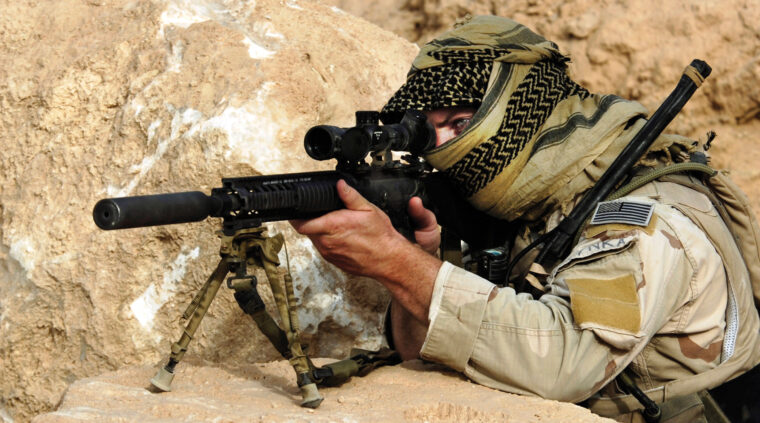
Military History
From the sniper’s perch, the city of Fallujah, Iraq, on November 7, 2004, looked dusty and brown. Most of the buildings were squat, two-story affairs, with the occasional minaret or domed mosque sitting above them. Read more

Military History
In AD 451, Attila the Hun, by then known to terrified Western Christians as the “scourge of God,” crossed the Rhine River in command of a multi-ethnic army. Read more
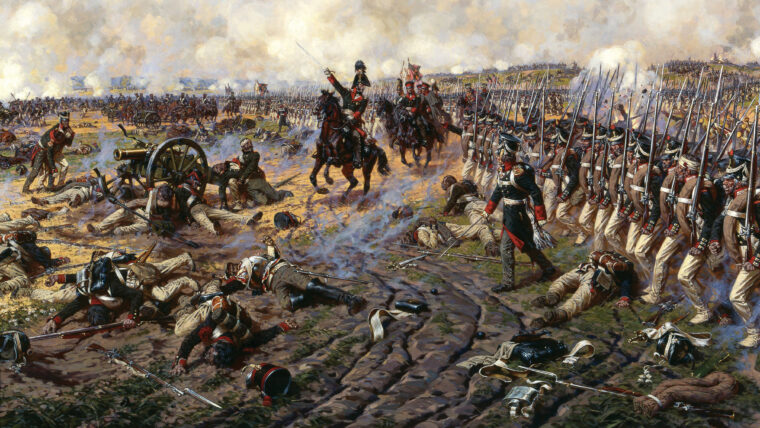
Military History
By mid-afternoon on September 7, 1812, Russian troops had lost control of the earthworks on their left flank at Borodino. Read more
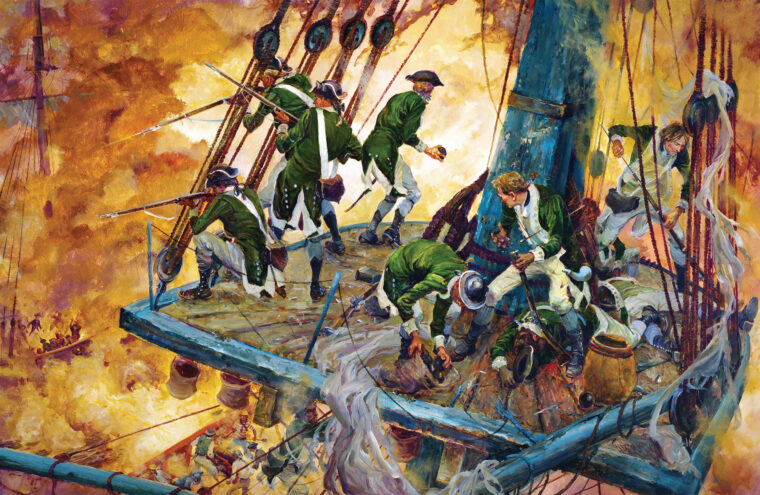
Military History
Standing on the quarterdeck of his flagship Bonhomme Richard, Commodore John Paul Jones took his telescope and trained it northwards, sweeping the instrument to the left and right to see what his lookouts were reporting at midafternoon on September 23, 1779. Read more
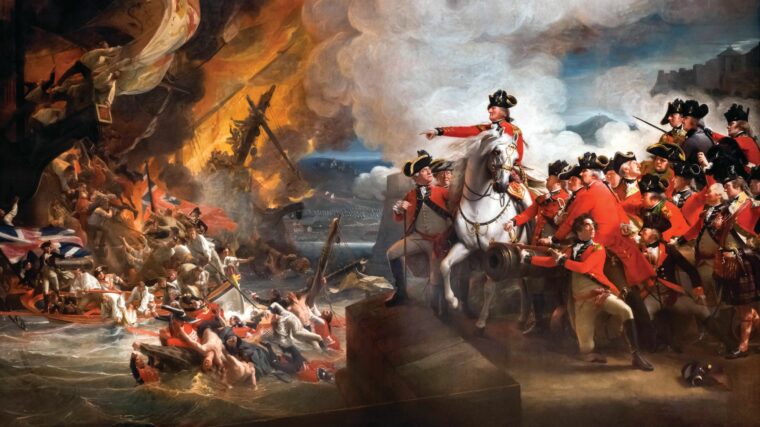
Military History
Great Britain’s war with her rebellious American colonies was about to conclude as diplomats crafted a peace treaty. Read more
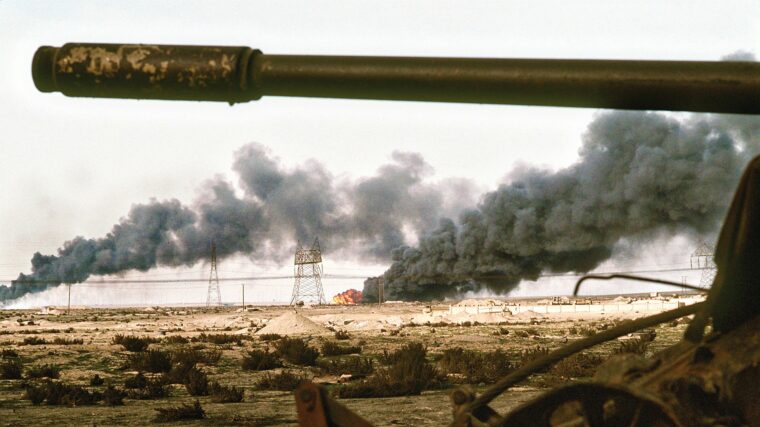
Military History
IN November 1990 the United Nations Security Council passed a resolution authorizing the use of force against Iraq if it failed to withdraw from Kuwait by January 15, 1991. Read more
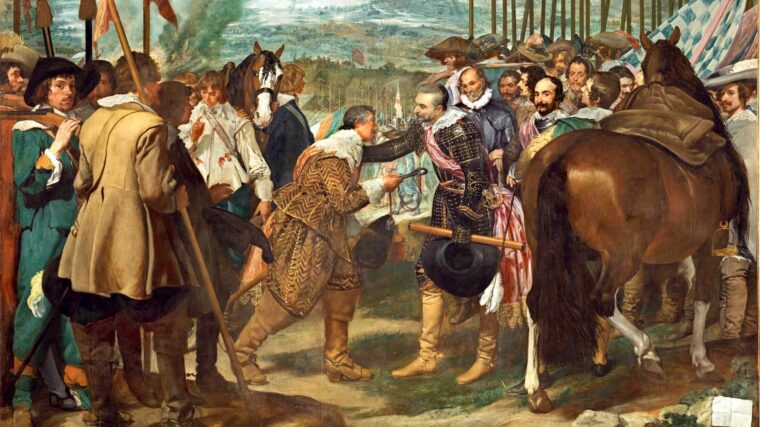
Military History
The crown of Spain and the wealthy banking families of Genoa had a symbiotic relationship during the Renaissance. Read more
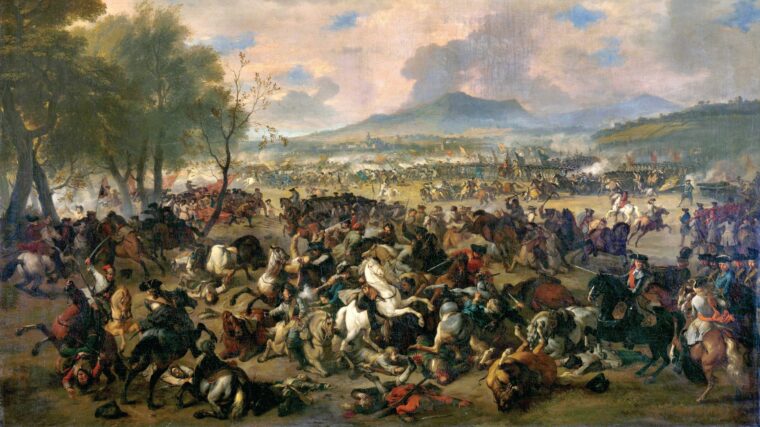
Military History
Late in the day on May 23, 1706, the troops of the Colonel William Borthwick’s regiment of Argyll’s Scots Brigade formed up for an unenviable assignment. Read more
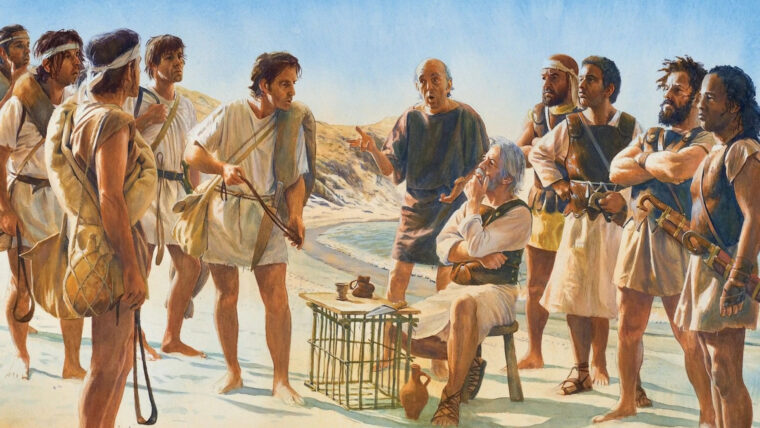
Military History
More than 3,000 years ago, an army of Israelites led by King Saul confronted a force of Philistine invaders in the valley of Elah. Read more
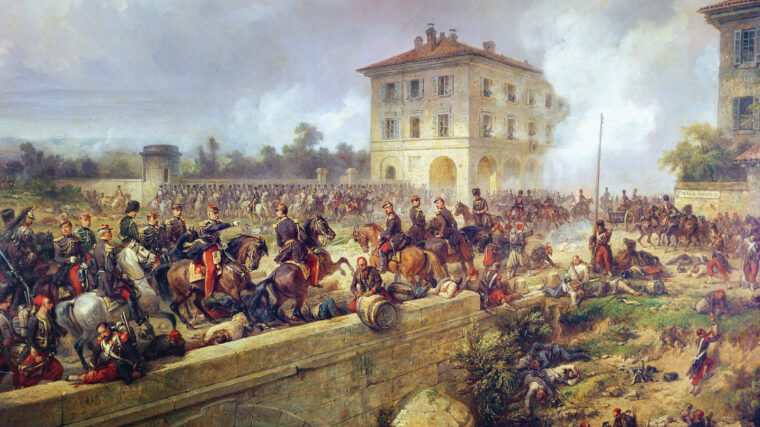
Military History
On April 20, 1859, Emperor Franz Josef paid a respectful visit to Prince Klemens Wensel von Metternich’s place at Rennweg in Vienna. Read more
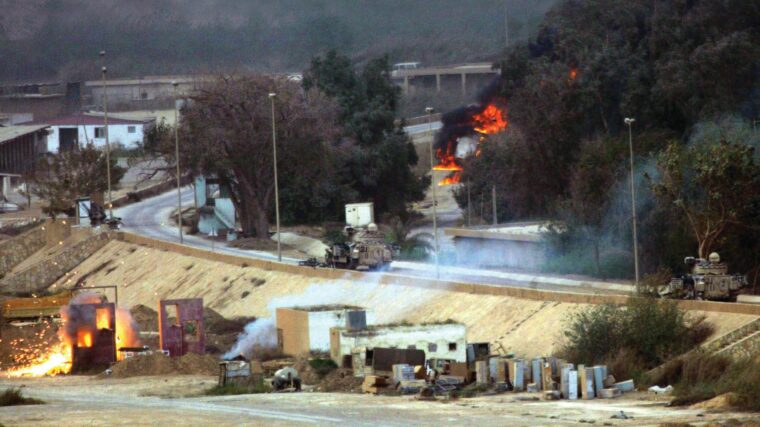
Military History
T he lead elements of the First Brigade of the U.S. Third Infantry Division became heavily engaged against Iraqi forces at the Saddam International Airport on the southwest outskirts of Baghdad on April 3, 2003, but by the end of the day they had secured it. Read more
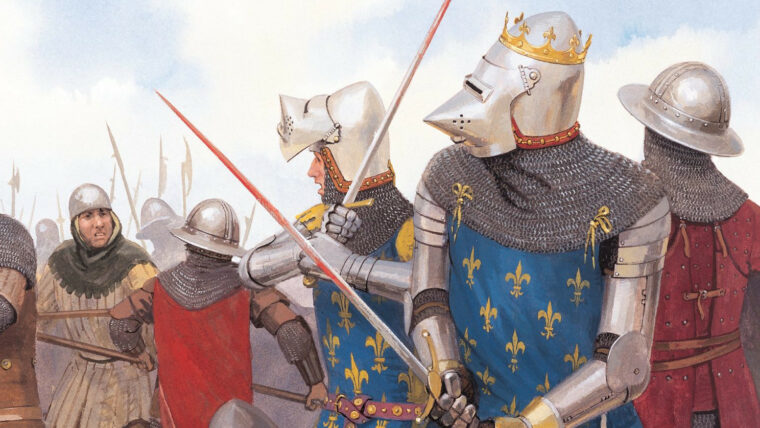
Military History
The Wars of the Roses (1455-1487) encompassed three civil wars that were fought between two rival branches, York and Lancaster, of the House of Plantagenet, for control of the English throne. Read more
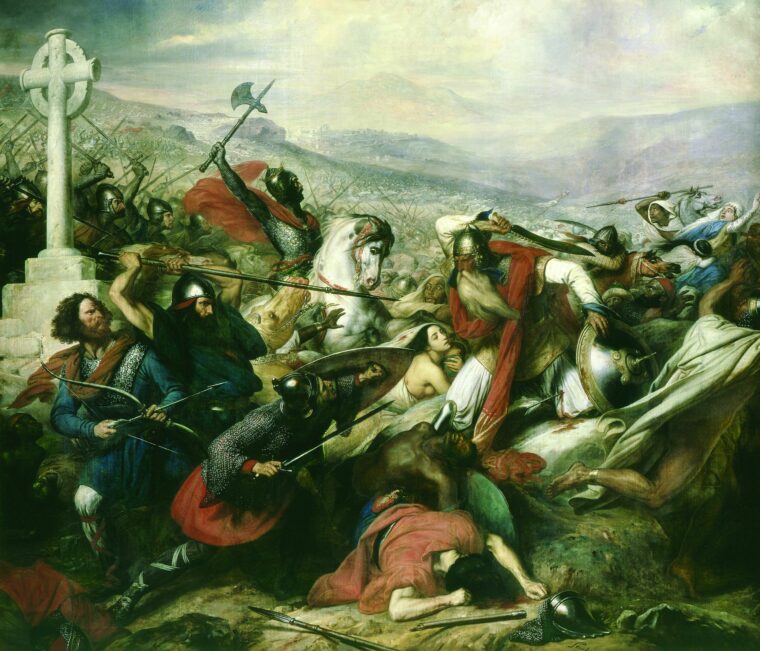
Military History
In the late spring of ad 732, an 80,000-man-strong Muslim army spilled northward through gaps in the western Pyrenees onto the verdant, gently rolling landscape of Gascony. Read more
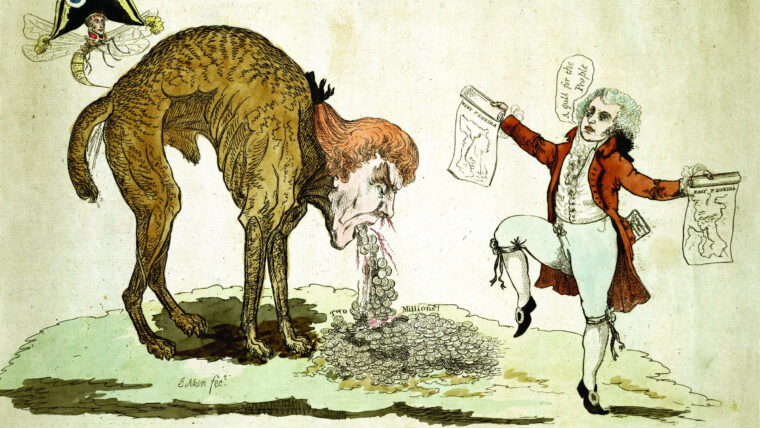
Military History
Almost a decade after winning the Revolutionary War against Great Britain, the youthful United States was determined to expand its territorial boundaries and become a truly continental nation. Read more
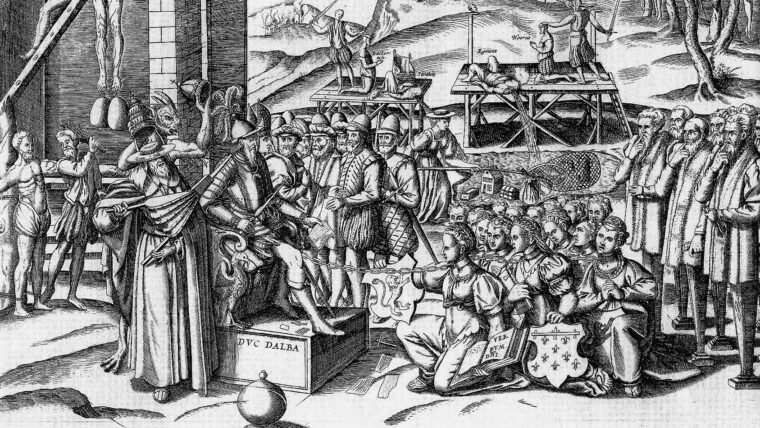
Military History
The Eighty Years’ War between Spain and the Netherlands, which lasted from 1568 to 1648, developed not only from economic difficulties but also from religious tensions that eventually resulted in several Dutch riots in 1566. Read more
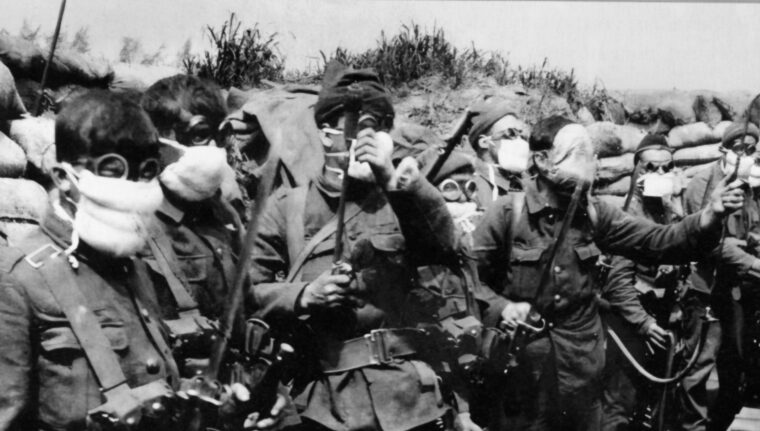
Military History
With World War I in a seeming stalemate, German forces in late April 1915 introduced a horrific new weapon to the fighting. Read more
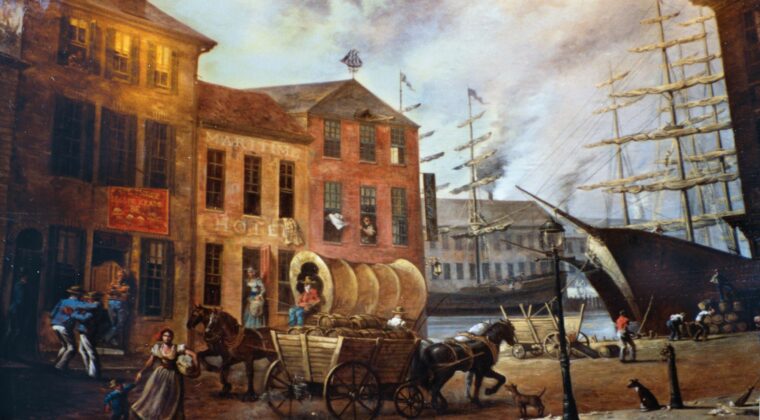
Military History
One of Baltimore’s less flattering nicknames is “Mob Town,” and there have been several notable riots in the city’s history. Read more
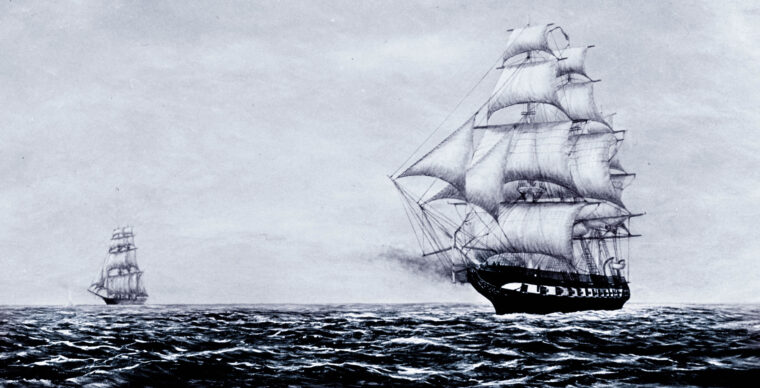
Military History
The U.S. sloop of war Constellation was sailing off the coast of Africa, not far from the Congo River, and both officers and crew were enjoying a night so beautiful it seemed almost like a dream. Read more
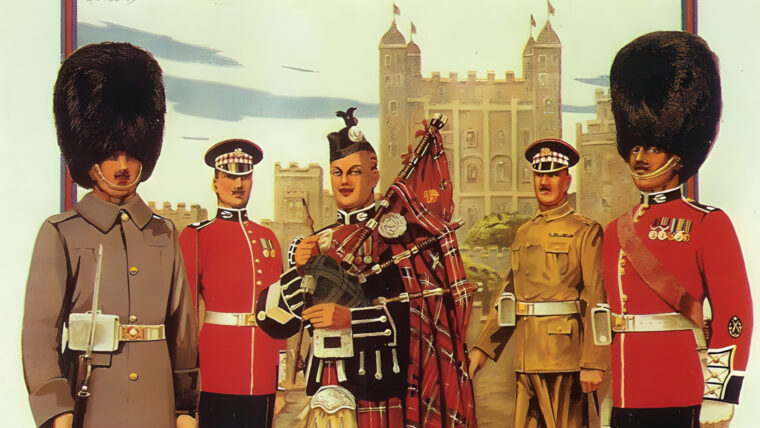
Military History
Many famous photos of military uniforms and personalities are actually taken from vintage postcards. And while today many vintage baseball or football cards can fetch thousands of dollars, military postcards essentially have been forgotten. Read more